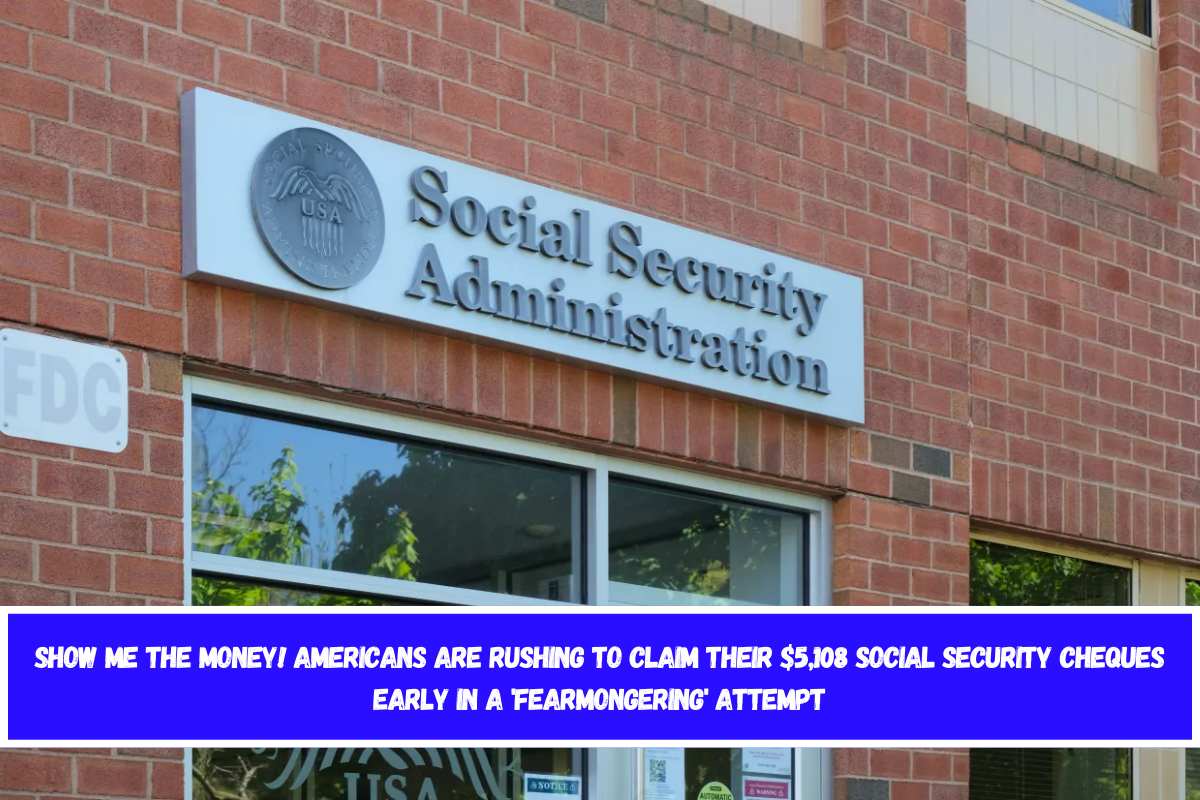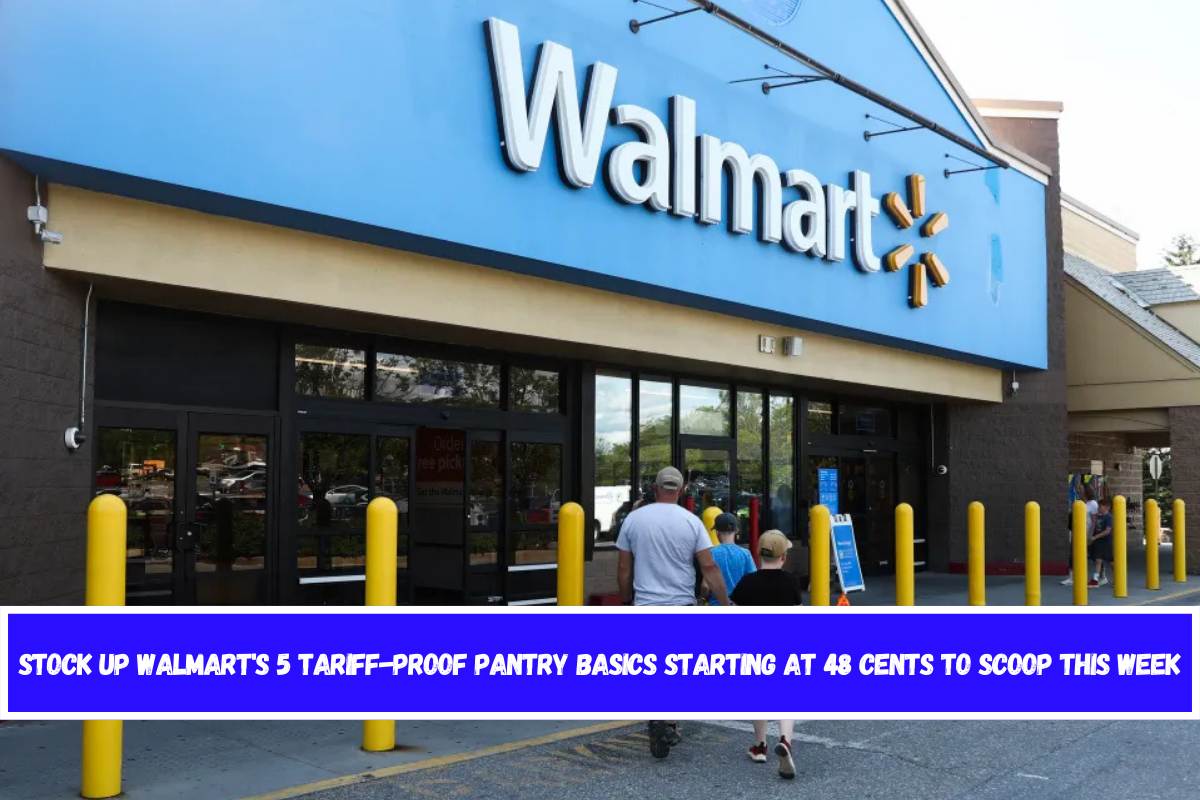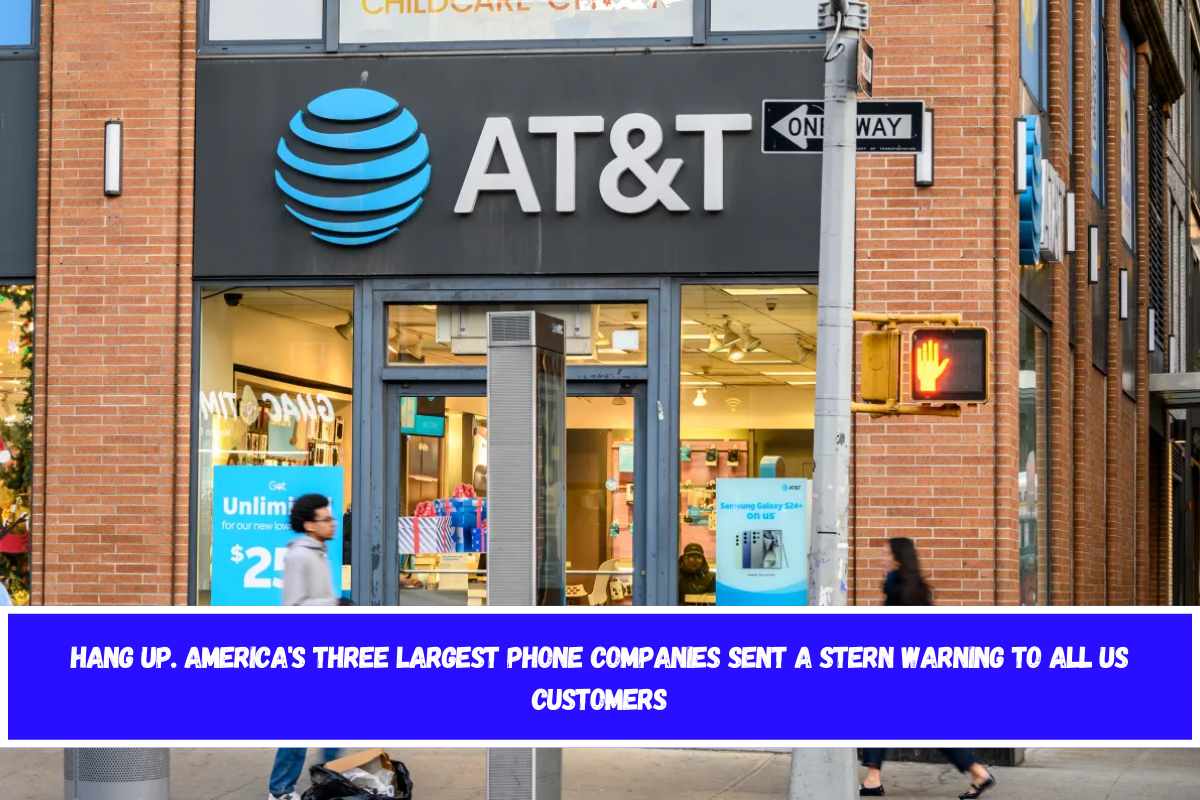Trump Orders End of Paper Checks by September 2025: What Taxpayers and Seniors Need to Know
On March 25, 2025, former President Donald Trump signed an executive order titled “Modernizing payments to and from the United States bank account”. The order directs all federal agencies to stop issuing paper checks by September 30, 2025. This move will impact how tax refunds, Social Security benefits, and other federal payments are delivered to millions of Americans.
This shift to digital-only payments is aimed at cutting costs, improving security, and reducing fraud, especially after a noticeable rise in check-related scams since the pandemic. Here’s what the executive order means, why it’s happening, and what steps you need to take to avoid delays in receiving your payments.
Why Is the Government Ending Paper Checks?
According to the executive order published on the White House website, the decision is driven by:
- Increased cases of mail theft and check fraud
- High operational costs for processing, printing, and mailing paper checks
- Delayed delivery times for recipients
- Greater risk of checks being lost or altered
Federal data reveals that Treasury checks are 16 times more likely to be reported as lost or stolen compared to digital payments. In contrast, electronic transactions are faster, safer, and significantly cheaper for the government to process.
How Much Cheaper Are Digital Payments?
Issuing paper checks costs the government 2 to 4 times more than sending money via direct deposit. From printing to mailing and banking, paper checks take longer and involve more steps, making them both expensive and vulnerable to delays.
That’s why the U.S. Treasury Department — the agency in charge of sending millions of payments annually — will now be required to rely mostly on digital options like:
- Direct deposit
- Prepaid debit or credit cards
- Digital wallets
Only limited exceptions will be made for individuals who are unbanked or face serious barriers to accessing digital banking tools.
A Look at Who Still Uses Checks
Though digital payments have grown rapidly, some Americans still prefer checks. A 2024 survey found:
- 46% of Americans didn’t use checks at all in 2023
- 15% used checks occasionally
- 22% of adults aged 55+ still use checks at least once a month
This older group is seen as the most vulnerable during the shift, as they may be more susceptible to fraud and may struggle with the digital transition. Experts urge that more support and education will be needed to help them adapt safely.
How to Switch from Paper Checks to Digital Refunds
If you’re still receiving paper checks for tax refunds or Social Security payments, here’s how to make the switch:
When Filing Your Next Tax Return:
- Choose direct deposit as your refund method.
- Enter your routing number and bank account number carefully. Mistakes can lead to payment delays or a paper check being issued instead.
- If you selected a check previously and the return has been processed, you cannot change it after the fact.
For Amended Returns (Form 1040-X):
- You can now e-file this form and choose direct deposit.
- This only applies to the amended refund, not the original one if it’s already been issued.
Useful IRS Tools:
- Use the “Where’s My Refund?” tool to track the status of your tax refund.
- If eligible, file with IRS Free File for fast and secure e-filing.
- Residents outside the U.S. can also receive direct deposits into foreign bank accounts, as long as they meet the requirements.
- Use your own or joint bank accounts only—third-party accounts are discouraged for security reasons.
Can You Still Call the IRS to Change the Payment Method? Calling the IRS at 800-829-1040 might help in some cases, but there is no guarantee that the payment method can be changed once your return is in process.
What If You’re Unbanked?
For those without bank accounts, prepaid cards or digital wallets may be offered as alternatives. However, these details are still being worked out, and more guidance is expected from the Treasury Department before September 30.
The move to eliminate paper checks by September 30, 2025, is a major step toward making federal payments more secure, faster, and cost-effective.
If you’re one of the millions who still receive checks, it’s time to prepare. Make sure you have a valid bank account or digital payment option set up, and always double-check your information when filing tax returns.
While this shift may feel uncomfortable for some—especially older adults—the long-term benefits include reduced fraud, lower costs, and quicker payments for everyone. Stay informed and act early to avoid delays or complications.















